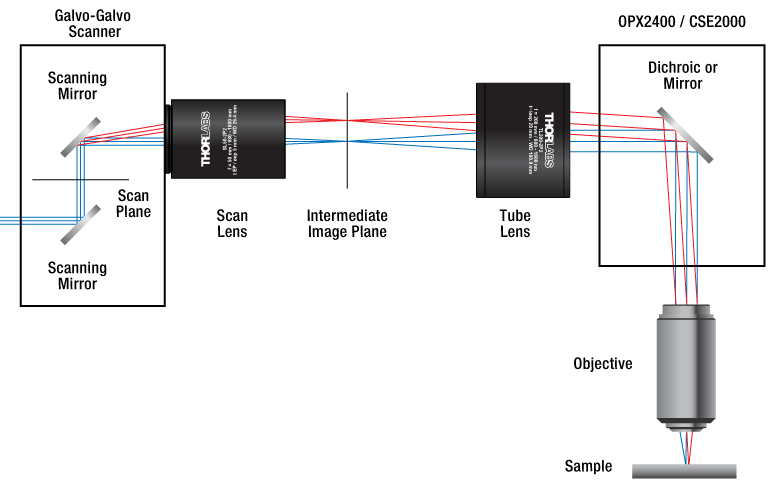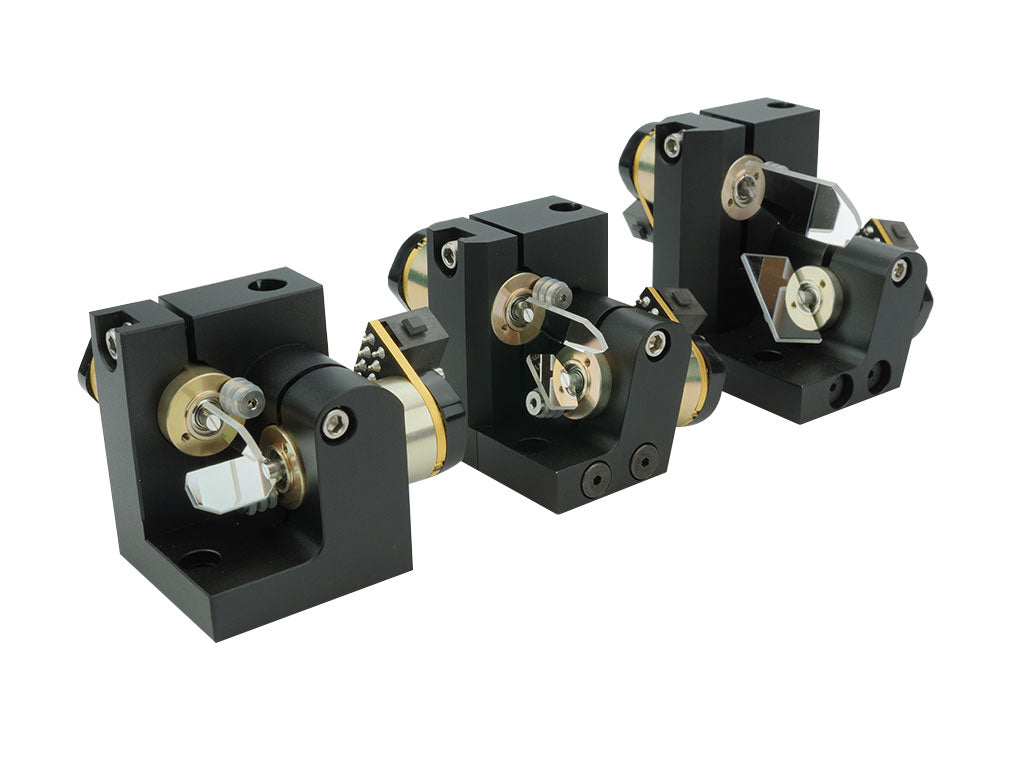Comparing Different Versions of Galvanometer Scanners for Optimal Performance in Labs
Comparing Different Versions of Galvanometer Scanners for Optimal Performance in Labs
Blog Article
Key Applications of a Galvanometer Scanner in Different Scientific Study Fields
Galvanometer scanners have actually come to be indispensable to numerous scientific research study fields, supplying enhanced accuracy in applications ranging from biomedical imaging to ecological tracking. As we explore the multifaceted applications of galvanometer scanners, it becomes noticeable that their impact extends far beyond simple technological abilities, raising inquiries about their future capacity in arising research study areas.
Biomedical Imaging

In confocal microscopy, galvanometer scanners assist in the acquisition of photos with enhanced resolution and contrast, enabling researchers to picture cellular parts in vivo. The capability to quickly catch multiple focal planes improves the three-dimensional restoration of tissues, giving important insights right into their design and function.

Moreover, the quick scanning abilities of galvanometer systems add to developments in vibrant imaging applications, such as keeping track of mobile actions to stimuli. Galvanometer scanners are indispensable tools in the area of biomedical imaging, advancing research and professional diagnostics via their precision and effectiveness.
Material Processing
Precision in material processing is vital for accomplishing top quality results in different commercial applications (galvanometer scanner). Galvanometer scanners play an important role in enhancing this accuracy by making it possible for fast and precise movement control throughout the processing of products such as ceramics, polymers, and metals. These tools promote methods like laser welding, cutting, and inscription, which need finely-tuned adjustments to guarantee optimum outcomes
In laser cutting, for example, galvanometer scanners enable for elaborate designs to be implemented with high fidelity, minimizing waste and enhancing production efficiency. The quick activity capacities enable quick adjustments in the laser beam of light path, which is essential for maintaining consistent reducing top quality across varying material thicknesses. In laser welding applications, the precision offered by galvanometer scanners makes sure solid joints with minimal thermal distortion, consequently enhancing structural stability.
Furthermore, the adaptability of galvanometer scanners to various laser kinds and wavelengths additionally widens their utility in product handling. Their ability to operate in tandem with advanced software application for real-time surveillance and control adds an extra layer of elegance, enabling suppliers to achieve exact specs tailored to details applications. Therefore, galvanometer scanners are important beforehand the abilities of product handling modern technologies.
Optical Characterization
In the realm of optical characterization, the function of galvanometer scanners ends up being increasingly considerable as they help with the analysis of numerous optical properties with high precision. These gadgets enable specific control of laser light beams, permitting researchers to systematically penetrate products at multiple angles and regularities. This capacity is vital for characterizing the refractive index, absorption coefficient, and scattering buildings of diverse materials.
Galvanometer scanners are especially effective in strategies such as optical coherence tomography (OCT) and laser-induced fluorescence (LIF), where quick scanning is vital. By attaining high-speed modulation of the laser position, galvanometer scanners boost the temporal resolution of these methods, resulting in enhanced imaging and evaluation. Furthermore, they make it possible for the exploration of complex interactions between light and issue, which is essential for recognizing material actions under different conditions.
Furthermore, the combination of galvanometer scanners with spectroscopic methods increases their utility, permitting for comprehensive spectral evaluation throughout a vast variety of wavelengths. This convenience makes them crucial tools in fields such as materials scientific research, biomedical study, and nanotechnology, where thorough optical characterization is critical for progressing expertise and advancement.

Laser Micromachining
The development of laser micromachining has reinvented making processes, enabling the development of intricate frameworks with exceptional precision. This technique uses high-intensity laser beams to exactly get rid of material from a substratum, making it possible to fabricate micro-scale elements that are critical in numerous industries. The application of galvanometer scanners in laser micromachining enhances the performance and accuracy of this process by allowing fast and precise beam positioning.
Galvanometer scanners promote the dynamic control of laser beams, allowing intricate patterns to be engraved or reduced with high integrity. Their fast feedback times and high-resolution capacities enable the manipulation of laser pulses, which is necessary for achieving the preferred product buildings and surface finishes. This innovation is specifically advantageous in markets such as electronic devices, where the miniaturization of components is essential for performance improvement.
Moreover, laser micromachining is progressively being employed in the clinical field for manufacturing accuracy instruments and implants. The mix of laser innovation and galvanometer scanning not just enhances production process however also decreases waste and enhances overall product utilization, making it a lasting option for contemporary manufacturing obstacles.
Ecological Monitoring
Environmental tracking has ended up being significantly vital in evaluating and taking care of the health of communities and urban environments. The integration of galvanometer scanners in this area makes it possible for specific, fast, and reliable data collection, promoting far better decision-making procedures. These scanners are adept at routing laser beam of lights or sensors across different terrains, enabling high-resolution mapping of ecological parameters such as air quality, dirt make-up, and water contamination.
In air quality tracking, galvanometer scanners can be employed her comment is here to evaluate particulate matter and gaseous pollutants, providing real-time data that notifies public health and wellness moved here initiatives. For water top quality assessments, these scanners can assist in identifying impurities and measuring physical specifications, therefore ensuring conformity with environmental guidelines. Furthermore, in remote noticing applications, galvanometer scanners boost the capability of satellite and drone systems to record in-depth images and data of vast locations, recognizing anthropogenic influences and ecological changes.
The versatility and precision of galvanometer scanners make them indispensable devices in ecological surveillance, contributing substantially to sustainable growth initiatives and the defense of natural resources. As the requirement for effective environmental management expands, the role of these innovative gadgets will certainly broaden better.
Verdict
In summary, galvanometer scanners offer as important tools across multiple clinical study domain names. The versatility and efficiency of galvanometer scanners continue to drive advancements in these critical fields.
In laser welding applications, the precision provided by galvanometer scanners ensures strong joints with very little thermal distortion, thus enhancing architectural stability.
Moreover, the adaptability of galvanometer scanners to different laser kinds and wavelengths better expands their energy in product handling. By achieving high-speed inflection of the laser placement, galvanometer scanners boost the temporal resolution of these approaches, leading to improved imaging and analysis. The application of galvanometer scanners in laser micromachining enhances the performance and precision of this procedure by enabling exact and quick beam of light positioning.
Galvanometer scanners facilitate the dynamic control try this website of laser beams, enabling intricate patterns to be engraved or cut with high integrity.
Report this page